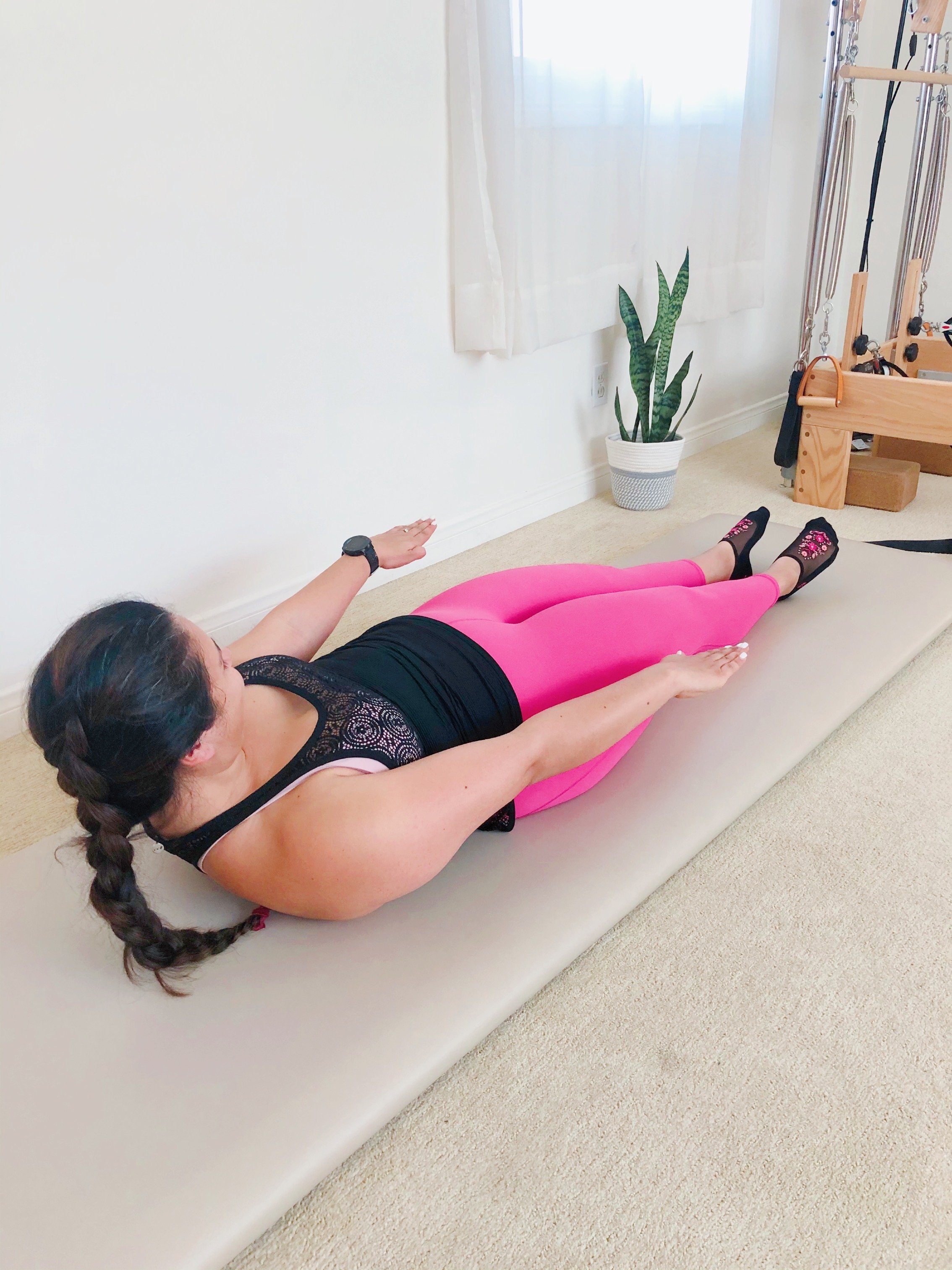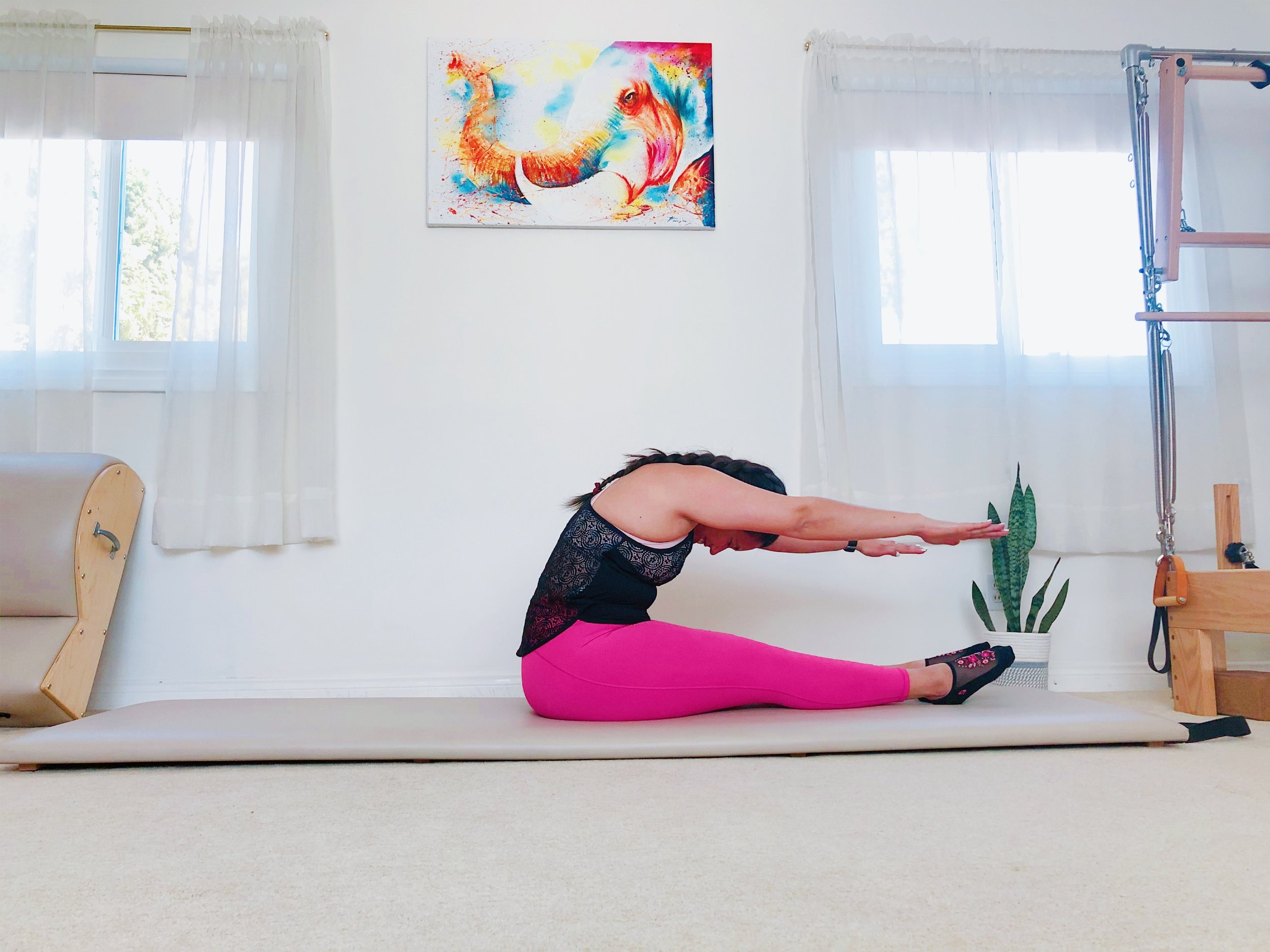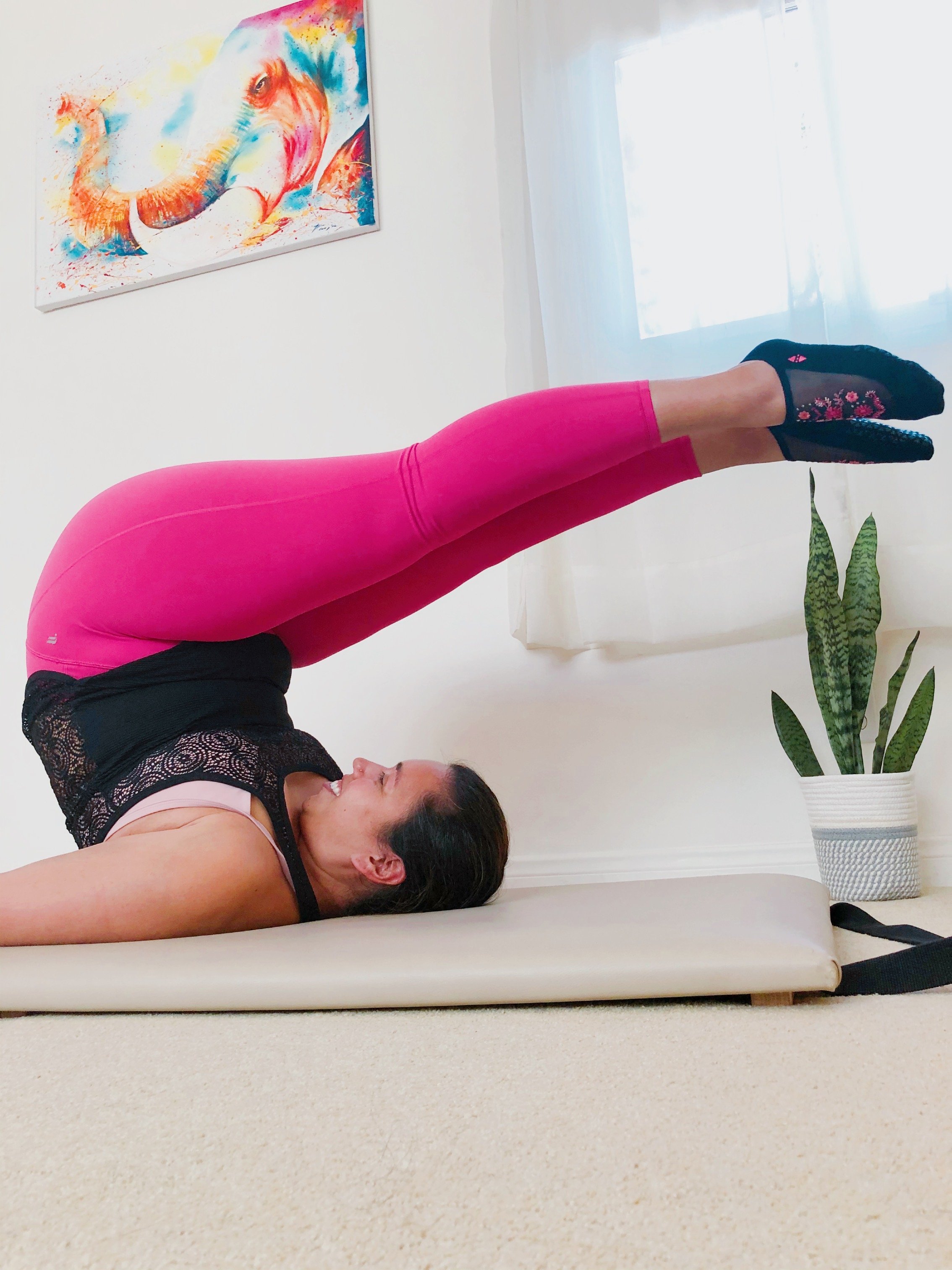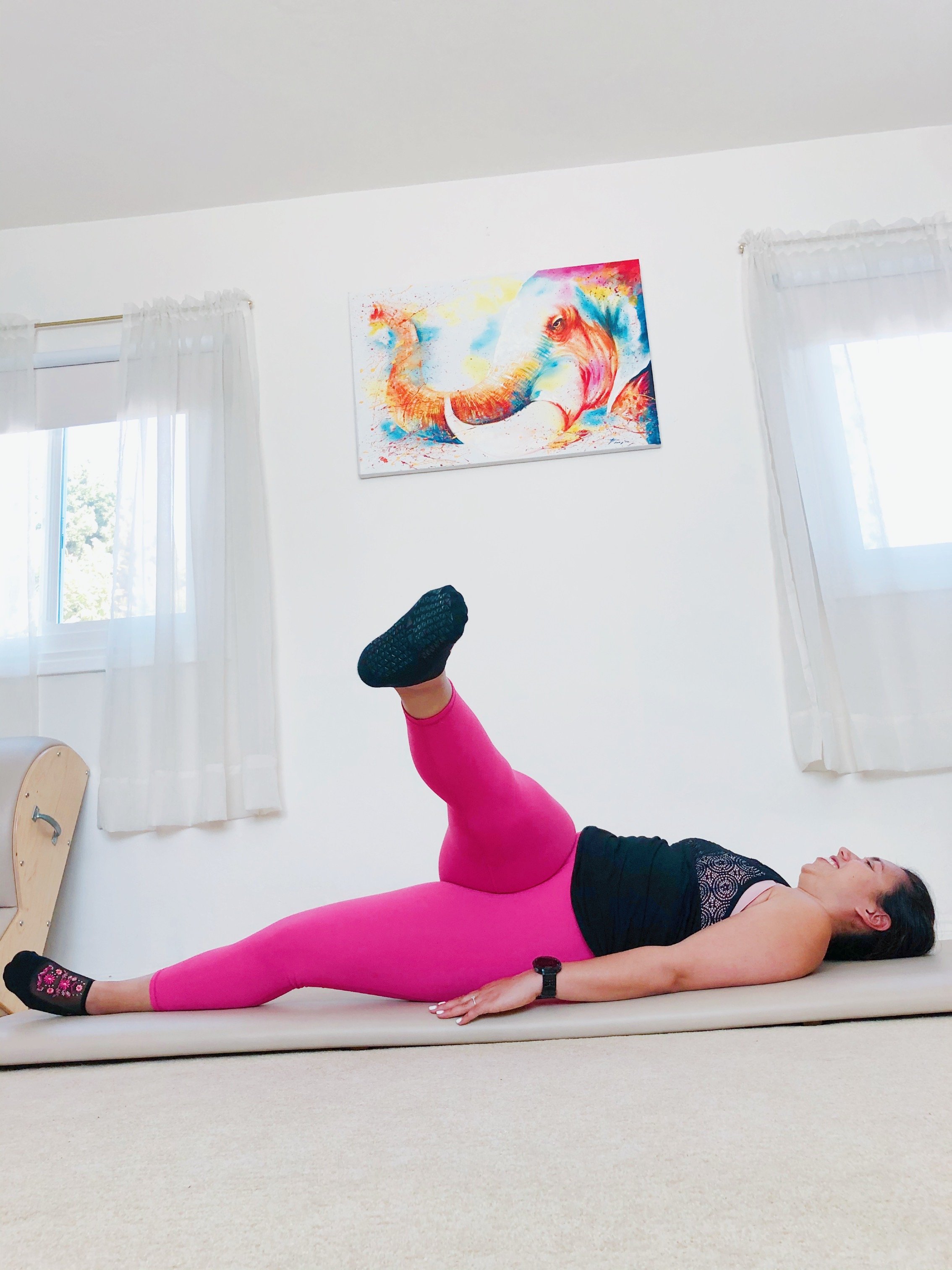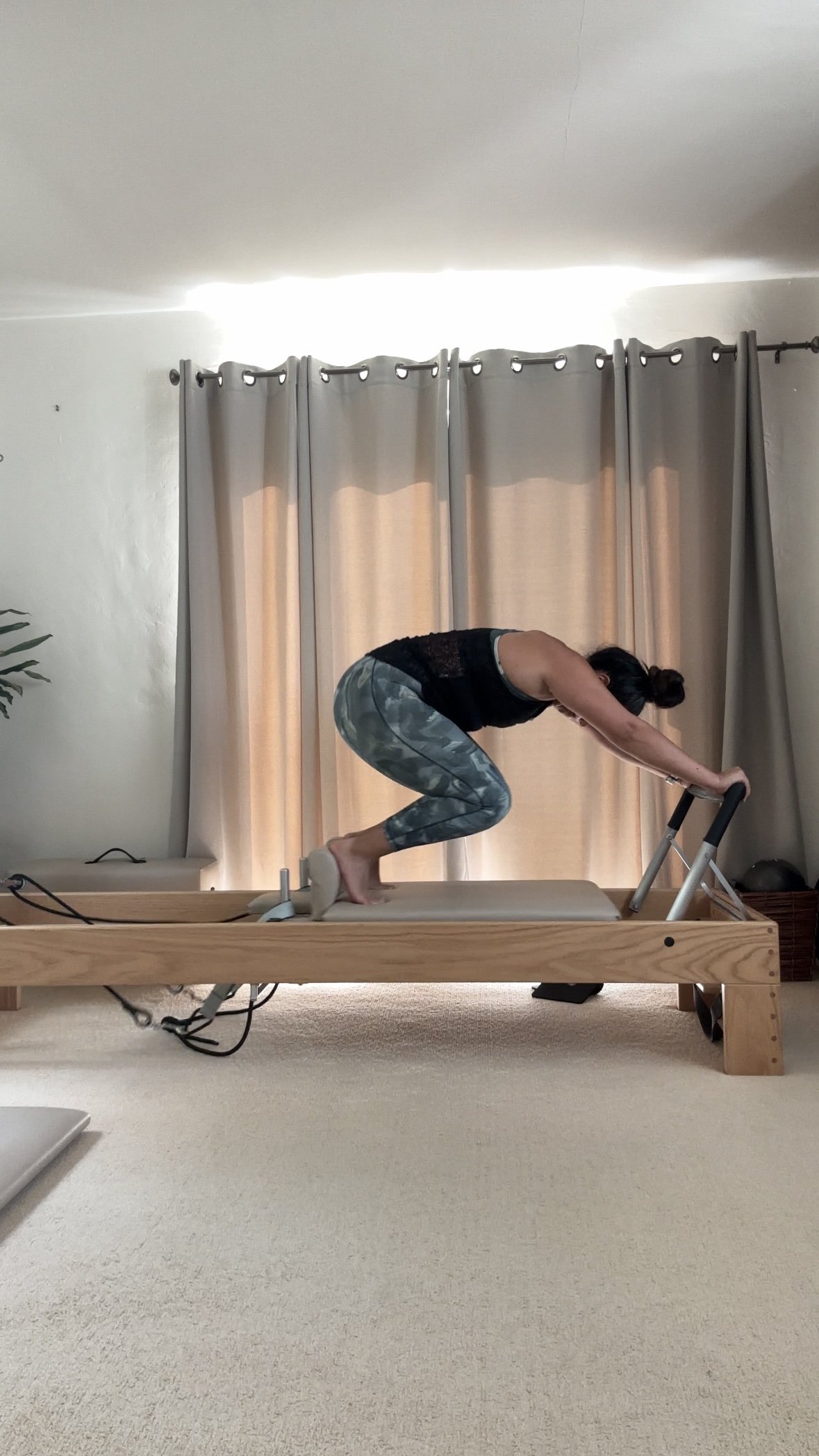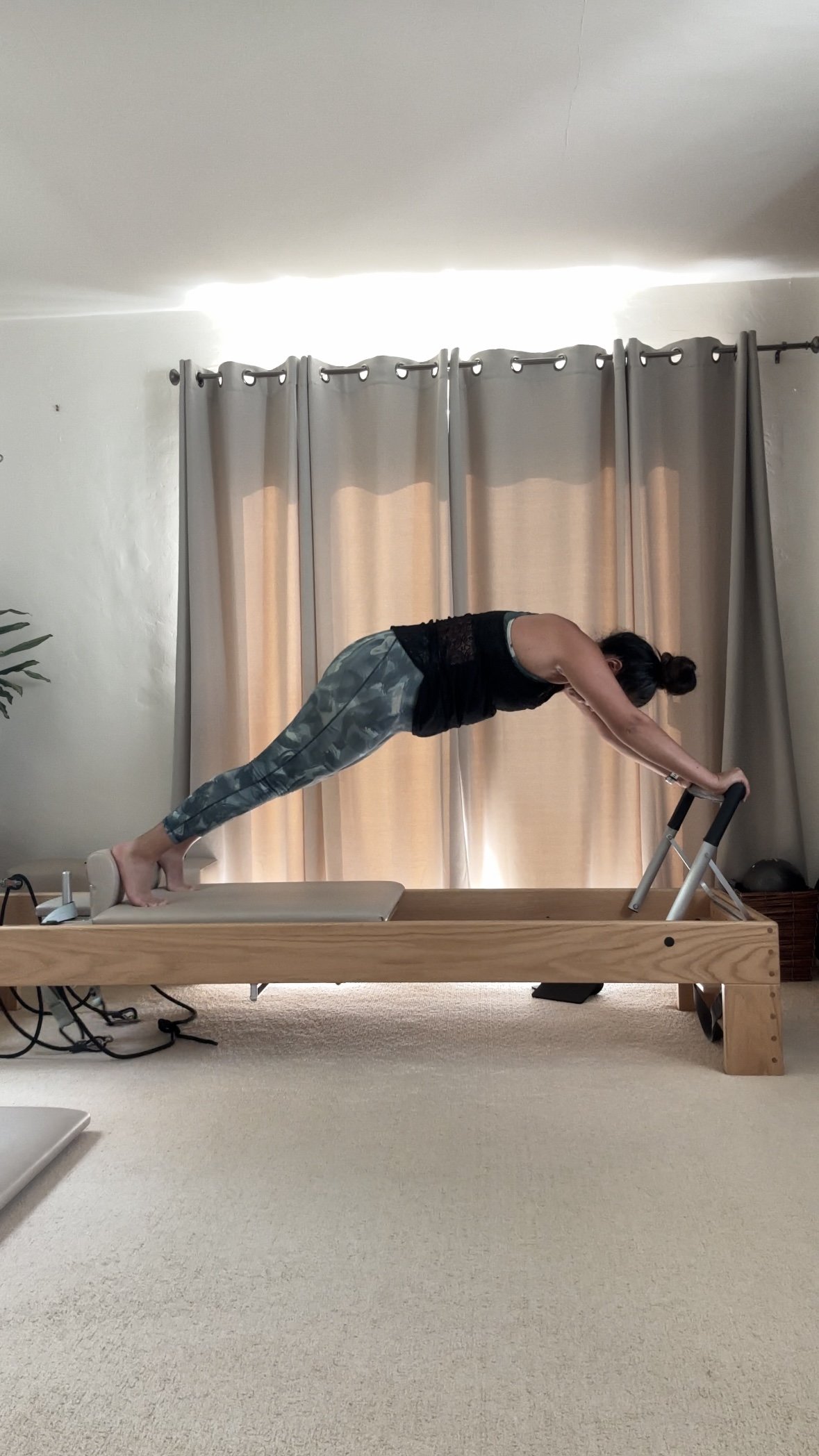Strength Without Strain: The Pilates Approach to Lean, Resilient Muscles
Embarking on a journey into Pilates is like opening a door to movement possibilities. If the rigidity of static stretching deters you, and the thought of holding positions for what seems like an eternity makes you cringe, Pilates might be your gateway to unlocking flexibility, building strength, and embracing a holistic approach to well-being.
Dynamic Functional Gains:
Pilates, at its core, is a celebration of movement. Unlike static stretches that might leave you feeling like a statue, Pilates introduces dynamic and functional movements. Imagine a symphony of controlled, purposeful actions that engage muscles through a full range of motion. It's like a dance, where each movement seamlessly transitions into the next, contributing to improved flexibility without subjecting yourself to the discomfort associated with prolonged stretches.
Flexibility Without the Stretch Marathon:
In Pilates, the magic of flexibility unfolds through a choreography of continuous movements. Unlike static stretching, where you might feel like time is standing still, Pilates invites your body into a seamless dance of controlled motions. These movements, carefully curated in each exercise, create a dynamic stretch that not only elongates muscles but also conditions them to be more pliable.
When you engage in continuous movement, each transition becomes an opportunity for your muscles to explore a full range of motion. This exploration, similar to a dance routine, encourages muscle fibers to lengthen and adapt. It's a subtle coaxing, rather than a forceful demand on your muscles.
Imagine reaching for your toes not as a static pose but as part of a fluid sequence that activates different muscle groups along the way. This engagement of multiple muscle groups promotes a balanced stretch, reducing the likelihood of strain or discomfort often associated with prolonged static stretches.
Pilates instructors often use cues like "flow," "rhythm," and "connection" to guide practitioners through movements that seamlessly transition from one to the next. This not only enhances the effectiveness of the exercises but also makes the entire experience more enjoyable.
In essence, the continuous movement in Pilates is a dynamic conversation between your body and the exercises, a rhythmic dialogue that encourages your muscles to become more adaptable and supple.
Strength, No Heavy Lifting:
While traditional strength training often involves heavy weights and resistance, Pilates takes a distinct route, blending the power of your body weight and specialized equipment. Here's how Pilates works its magic to sculpt lean and resilient strength:
Muscle Engagement:
Pilates is synonymous with intentional muscle engagement. Each exercise is a symphony of purposeful movements where the emphasis is not just on what you do but on how you do it. The foundational principle is to engage the right muscles at the right time, creating a harmonious interaction between various muscle groups.
In Pilates, muscle engagement isn't about sheer force; it's about precision. Take the classic example of a Pilates Hundred—a core-strengthening exercise where you lie on your back, legs lifted, and pump your arms. The magic isn't just in the movement; it's in the intentional contraction of your abdominal muscles with each breath.
This focus on muscle engagement serves a dual purpose. Firstly, it ensures that the targeted muscles are doing the heavy lifting, leading to effective strength building. Secondly, it prevents unnecessary strain on joints and surrounding muscles, making Pilates an accessible and sustainable strength training method.
Resistance Without Weights:
In the world of Pilates, resistance doesn't always mean dumbbells or weight machines. Instead, it leverages your body weight and specialized equipment such as resistance bands, the reformer, or the magic circle. These tools introduce resistance in a controlled and customized manner, allowing for gradual progression.
Consider the Pilates Reformer—an apparatus featuring a sliding carriage and adjustable springs. As you push or pull against the resistance of the springs, every movement becomes an exercise in control. This controlled resistance not only targets specific muscle groups but also challenges your stabilizing muscles, contributing to a holistic strength-building experience.
Controlled Movements:
Control is the backbone of Pilates. It's not about how many repetitions you can do but how well you can control each movement. This emphasis on controlled, fluid motions distinguishes Pilates from other forms of exercise.
Take the Pilates Roll Up, for instance. The controlled unfurling of your spine, one vertebra at a time, demands not just strength but a profound sense of control. This controlled descent isn't just for show; it's a deliberate strategy to maximize muscle engagement and ensure that every inch of your core is involved.
Principle of Flow:
In Pilates, there's a seamless flow from one movement to another. This isn't just for aesthetic appeal; it's a strategic approach to maintain muscle engagement throughout the entire routine. The principle of flow prevents inertia and encourages a continuous conversation between your muscles and the resistance they encounter.
The rhythmic flow between exercises maintains tension in the muscles, offering a comprehensive workout. It's not just about isolated strength; it's about the dynamic strength that emerges from a series of connected, controlled movements.
Mind-Body Connection: The Essence of Pilates
Pilates isn't just about physical movements; it's a holistic practice that hinges on the intimate interplay between the mind and body. Here's a deeper look into how cultivating this mind-body connection enhances the Pilates experience.
Conscious Movement:
Unlike mechanical repetitions, Pilates is a practice of conscious movement. Every flex, stretch, or twist is deliberate and guided by a heightened awareness of how your body responds. This consciousness turns each Pilates session into a journey of self-discovery, where you learn to listen to and understand the language of your body.
Consider the Pilates Swan Dive—a move where you lift your torso and legs off the mat while extending your arms forward. It's not just about the physical act; it's about being acutely aware of the sequential engagement of your back muscles, the controlled extension of your arms, and the simultaneous lowering of your legs. This heightened awareness transforms a simple movement into a mindful experience.
Breath as the Anchor:
In Pilates, the breath is more than just a physiological function; it's the anchor that connects the mind to the body. Every inhalation and exhalation is synchronized with movements, creating a rhythm that fosters mindfulness. The breath serves as a guide, reminding practitioners to stay present in each moment.
Try this mindfulness exercise:
As you begin a Pilates exercise, pay attention to your breath. Inhale deeply, feeling your lungs expand, and exhale slowly, releasing tension. Connect each breath to a specific movement. For example, in the Pilates Hundred, synchronize five breaths with arm pumps in the inhale and five breaths with arm pumps in the exhale. This simple yet effective practice enhances focus and connection.
Unlock the full potential of your body with Pilates—a dynamic alternative to traditional stretching and strength training. Embrace continuous movement for enhanced flexibility, intentional muscle engagement for strength, and a profound mind-body connection for holistic well-being. Try a beginner-friendly Pilates routine today by following our instructional video on my YouTube Channel. Your journey to a vibrant, flexible self starts here!
